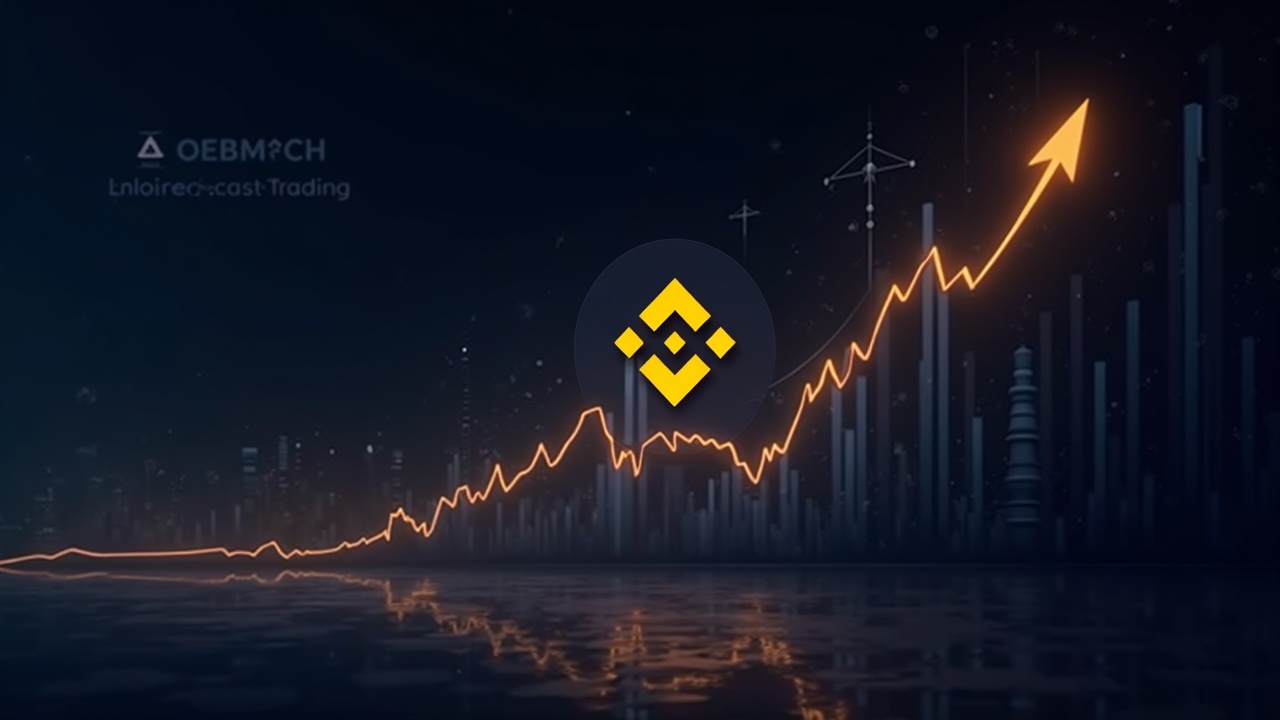The recent surge of Binance Coin (BNB) to new all-time highs beyond $1,300 has sparked a vigorous debate among analysts, dividing them between those who see a sustainable “super cycle” and those warning of a dangerous “super bubble”. This split in opinion is crucial for funds, builders, and regulators to understand, as the outcome will shape liquidity, regulatory risk, and the long-term viability of projects built on the BNB Chain.
The Case for a “Super Cycle”
Proponents of the bullish “super cycle” narrative point to a combination of strong ecosystem growth, significant technological upgrades, and powerful tokenomics. The rally is underpinned by a substantial increase in network usage, with BNB Chain witnessing a record 73.24 million active addresses in September and a quadrupling of transaction counts since the first quarter of this year. This high on-chain activity translates into more fees being burned, which tightens the token’s circulating supply.
This supply squeeze is a central pillar of the bull case. BNB’s deflationary auto-burn mechanism, which destroyed over $1 billion worth of tokens in July 2025, systematically reduces available coins. Furthermore, the ecosystem continues to evolve with major technical upgrades. The recent Maxwell hard fork and plans to increase the block gas limit tenfold aim to make the network faster and cheaper, strengthening its position in the competitive Layer-1 race.

The “Super Bubble” Warning
On the other side of the debate, skeptics voice concerns that the current price surge is built on a shaky foundation. A primary red flag is the significant divergence between BNB’s rising price and declining on-chain fundamentals. Data shows that daily new addresses on the BNB Chain have fallen by 57% since late September, suggesting that the price rally is not being driven by new user adoption.
Perhaps the most alarming long-term threat is the reported 85% plunge in developer activity that occurred in June 2025. A healthy ecosystem relies on a vibrant developer community to build and maintain applications, and a sustained drop could stifle innovation and increase operational risks. From a technical analysis perspective, BNB’s Relative Strength Index (RSI) has been deep in overbought territory, with readings above 75, signaling that the asset is vulnerable to a sharp correction if buyer momentum fades.
The Road Ahead
The future path of BNB appears to hinge on whether fundamental adoption can catch up with its market price. Key factors that will determine its trajectory include the trend in developer activity, the successful implementation of planned network upgrades, and the broader regulatory environment.
For now, the market is at a crossroads. The “super cycle” and “super bubble” theses present two starkly different futures. Investors and builders should closely monitor the health of the underlying ecosystem rather than just the price chart, as the resolution of this debate will have significant implications for the entire BNB Chain landscape.


